How Dangerous Is Anemia In Cats?
05.10.2022.
Many cat owners aren't aware that anemia isn't a disease, but a sign indicating something else is bothering your cat. Anemia in cats can occur in any cat, and to help your cat, you will have to find the underlying condition that is bothering your cat. Anemia is a medical term for a situation when the number of red blood cells drops below the normal limit.
Sometimes this can happen if your cat loses blood, but in many cases, this will indicate a different health problem that is bothering your cat, causing your cat to be anemic.
What is anemia?
Red blood cells are the most common blood cells found in a cat's body, and reducing these cells will cause anemia. Over red blood cells, oxygen is carried to different parts of cats' bodies and organs.
Anemia can also appear if the cat has a lower amount of hemoglobin. Hemoglobin is a component that will bind oxygen and carry oxygen to different parts of cats' bodies.
Anemia in cats can be divided into two main types.
- Regenerative – this type will occur when red blood cells are lost or completely destroyed
- Non-regenerative - this type will occur when the production of red blood cells doesn't happen
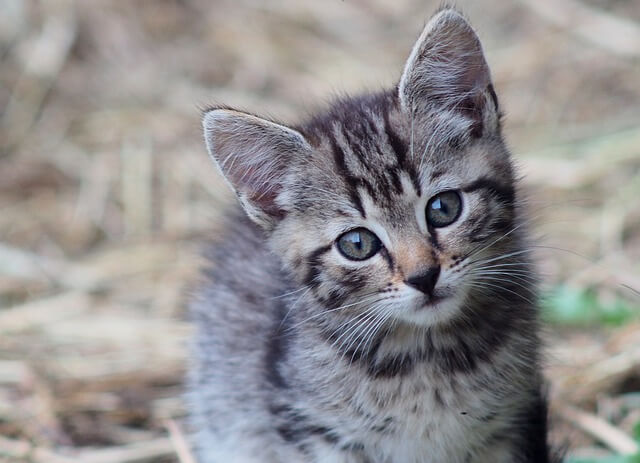
RELATED: 13 Ways To Show Your Cat You Love Them
What are the symptoms of anemia in cats?
As we said earlier, anemia will appear if your cat has an underlying health problem. Depending on the main problem, symptoms can vary, and every cat will not show the same symptoms. However, there are some usually patterns that can indicate that your cat is anemic.
The first and main things to look at in cats are lethargy and pale gums. These two are the main symptoms indicating that your cat is anemic. Of course, these symptoms could also indicate some other health problems. Your vet will have to recognize whether it is sure your cat anemic.
Here are all the symptoms your cat could show if she is anemic:
- Lethargy
- Pale gums
- General weakness
- Collapsing
- Changes in heart rate
- Blood in urine, stool, or vomit
- Problems with breathing
- Refusal of food
What can cause anemia in cats?
Anemia can happen because of different health problems that are bothering your cat. Normal cats will produce red blood cells every two months, and anemia will occur if the blood cells are not produced or are destroyed because of the main health problem.
The main causes of anemia can be sorted into three different categories
- Blood loss
- Destruction of red blood cells
- No production of new red blood cells
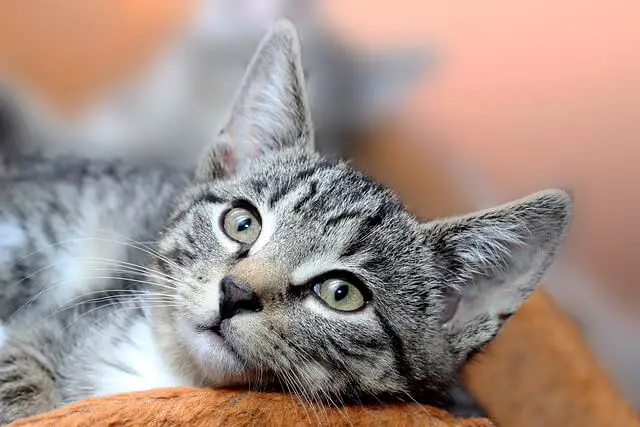
Let's take a closer look at all three categories and what health problems could be the main reasons for your cat to become anemic.
1. Blood loss
Blood loss can happen internally or externally, and sometimes both. The most usual health problems that will cause blood loss in cats include
- Different trauma of blood vessel injury
- Different tumors
- Flea or tick infection
- Different diseases that will prevent blood clotting
- Hookworm infection
2. Destruction of red blood cells
Some health problems can bother your cat and cause complete destruction of red blood cells, and the cat will, in this case, also become anemic. These health problems include
- Chronic disease
- Different toxins
- Feline leukemia virus (FeLV)
- Feline immunodeficiency virus (FIV)
- Different cancers
- Drugs and antibiotics
- Genetic problems
3. Not producing new red blood cells
As we mentioned earlier, a cat's body should produce new red blood cells every two months, and if that doesn't happen, your cat can become anemic. Reason for non-production of new red blood cells can be caused by different health issues, and some of them include
- Chronic disease
- Different toxins
- Feline leukemia virus (FeLV)
- Feline immunodeficiency virus (FIV)
- Different cancers
- Bad nutrition
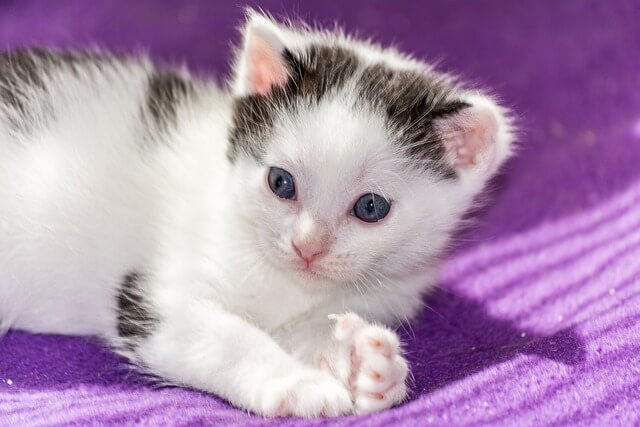
How do vets diagnose anemia in cats?
Your vet will diagnose anemia by examining your cat's physical health and with laboratory testing. After he's done with a physical exam, your vet will request a blood test that is called complete blood count (CBC), and with that test, your vet will get the complete count of blood cells.
The second most common test is a packed cell volume (PVC). For normal cats, values of red blood cells in the cat's blood in healthy cats will be between 25-45%, while for anemic cats, the value will be below 25%.
What is the best treatment for anemia?
To successfully treat anemia, your vet must find the underlying problem that is bothering your cat and causing her to be anemic. In case of severe anemia, your cat will need a blood transfusion. The reason for blood transfusion is to stabilize your cat's health and to give time for other treatments to take effect.
Depending on your cat’s specific case, different health problems will need different treatments. Your cat could be prescribed antibiotics, medications, corticosteroids, or even surgery. Based on your cat and her medical state, your vet will schedule the best treatment plan specifically made for her.
RELATED: How Dangerous Is Feline Herpes Virus?
What is the prognosis for anemic cats?
Again, it will all depend on the specific issue that is bothering your cat in the first place. If the anemia is caught in an early stage, the prognosis for your cat will be good, and once your vet can treat the main underlying issue, anemia will disappear.
In case of your cat has cancer or autoimmune disease of toxins, the prognosis is not so good, but again, every cat is different, and you shouldn’t give up on your cat that easily. She can still make it.
Is there a way to prevent anemia in cats?
Since anemia results from many different diseases, it cannot always be prevented. However, there are some things you can provide your cat to ensure that she will be the healthiest possible, which lowers the risk of her getting some medical condition that will cause anemia.
Here is what you can do to potentially prevent anemia
- Always provide your cat with up-to-date protection against flea and ticks
- Feed your cat with well-balanced cat food
- If possible, keep your cat indoors since this is where she is the safest
- Regularly take your cat to the vet for a quick check-up
- Regularly test your cat for feline leukemia virus (FeLV) and feline immunodeficiency virus (FIV)
RELATED: 8 Ways To Keep Your Cat Happy & Satisfied
World Cat Finder Team


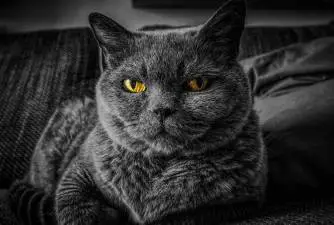
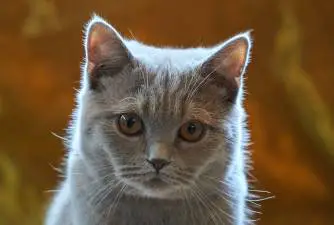



Share